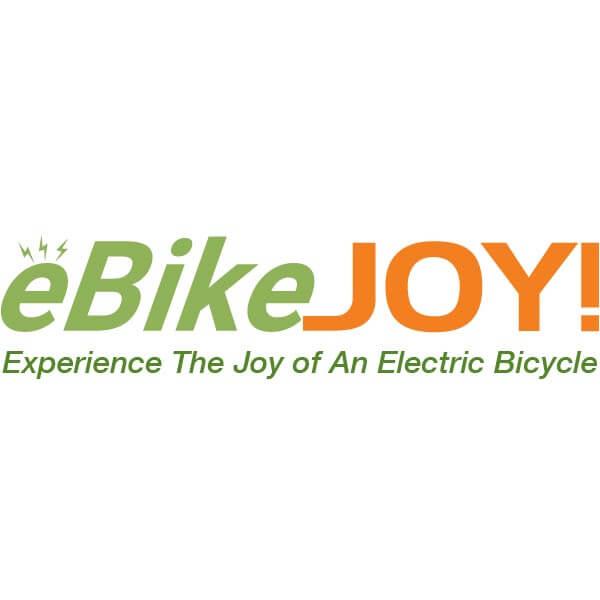
Are you an avid cyclist or an enthusiastic biker looking to explore the roads on your electric bicycle? Understanding road bicycle road signs is crucial for your safety and the safety of others.
As an e-biking enthusiast or a passionate cyclist, you know that the open road is calling your name. But before you pedal away, it's essential to understand the language of road bicycle signs.
These signs serve as your guideposts, providing important information, warnings, and directions to ensure your safety and the safety of those around you.
In this comprehensive guide, we'll unravel the mysteries of road bicycle signs, empowering you with the knowledge and confidence to navigate the streets like a pro. Whether you're a seasoned cyclist with the best e-bike models today or new to eBiking, this course will empower you to read and interpret road bicycle signs effectively.
Whether you encounter bike lane classifications, bike lane signs, sharrows, or what have you, we've got you covered.
Let's embark on this exciting journey together!

Decoding Bike Lane Classifications: Ride with Confidence
Bike lanes are essential for promoting safe cycling and reducing accidents. In this section, we'll uncover the various classifications of bike lanes, including their distinctive markings and what they mean for eBikers.
From dedicated lanes to shared spaces, you'll gain a comprehensive understanding of how to navigate each type of bike lane and make the most of your riding experience.
Bicycle lane classifications play a crucial role in promoting safe and efficient cycling on the roads. Here are the most common classifications:
- Conventional bike lanes: Painted stripes separating cyclists from vehicular traffic.
- Buffered bike lanes: Additional painted buffer zone between the bike lane and adjacent motor vehicle lanes.
- Protected bike lanes (cycle tracks): Physical barriers such as curbs, bollards, or planters separating cyclists from cars.
- Contra-flow bike lanes: Allows cyclists to ride in the opposite direction of traffic.
- Bike lanes on one-way streets: Designated lanes on streets with one-way traffic flow.
- Bike lanes with floating parking spaces: Bike lanes located adjacent to parking spaces that are separated from the traffic lane.
These various types of bike lanes offer different levels of separation and protection for cyclists, allowing for safer and more convenient cycling experiences in urban environments.

Bike Lane Signs: Your Roadmap to Safety
Experts can agree that mastering bike lane signs is essential for a safe and enjoyable eBiking experience. Here are some tips to help you decipher and understand the meaning behind these signs:
1. Familiarize Yourself: Take the time to familiarize yourself with the common bike lane signs in your area. Study their shapes, colors, and symbols, as each element conveys specific information.
2. Directional Cues: Pay attention to signs indicating the direction of the bike lane. Arrows can guide you towards your intended destination or warn of upcoming turns or intersections.
 3. Parking Regulations: Look for signs that inform you about parking regulations in bike lanes. These signs may indicate when parking is prohibited or allowed, ensuring clear passage for cyclists.
3. Parking Regulations: Look for signs that inform you about parking regulations in bike lanes. These signs may indicate when parking is prohibited or allowed, ensuring clear passage for cyclists.
4. Speed Limits: Keep an eye out for speed limit signs specifically designed for bike lanes. Adhering to these limits promotes safety and helps maintain a smooth flow of traffic.
5. Stay Alert for Hazards: Bike lane signs can warn you about potential hazards ahead, such as construction zones, road obstacles, or sudden changes in lane configurations. Stay vigilant and adjust your riding accordingly.
6. Follow the Rules: Remember that bike lane signs are there to guide and protect both cyclists and other road users. Familiarize yourself with local traffic regulations and always follow the instructions conveyed by the signs.
7. Seek Additional Resources: Supplement your knowledge by consulting local cycling associations, government websites, or resources dedicated to bike lane signage. These sources can provide specific information about your area and any unique signage you may encounter.
By mastering bike lane signs, you'll navigate through traffic situations confidently, anticipate potential hazards, and ensure a safer and more enjoyable eBiking experience.
Conclusion
By mastering the art of reading road bicycle signs, you empower yourself to navigate the streets with confidence and ensure a safe and enjoyable eBiking experience. Remember, safety should always be your top priority while riding.


